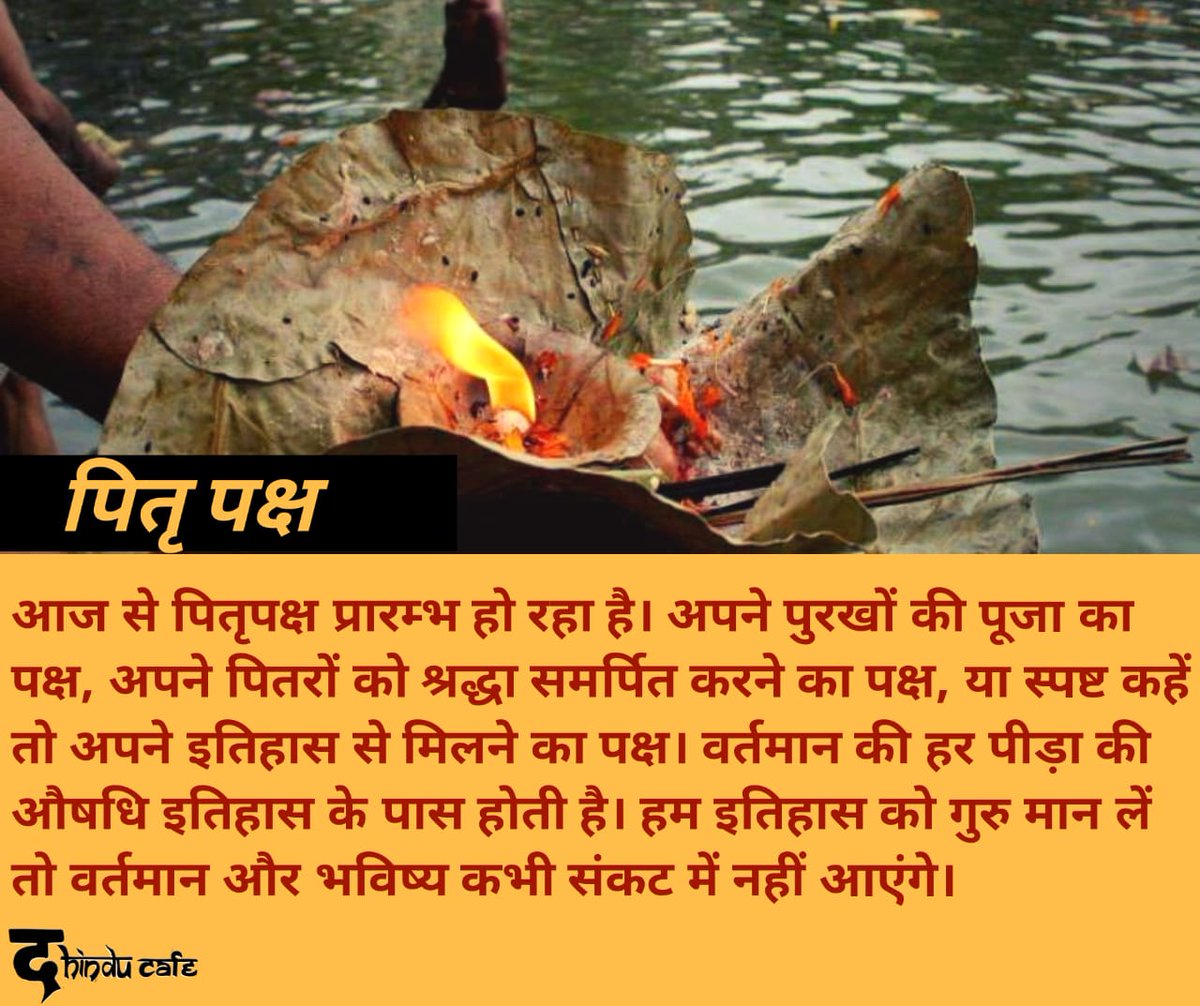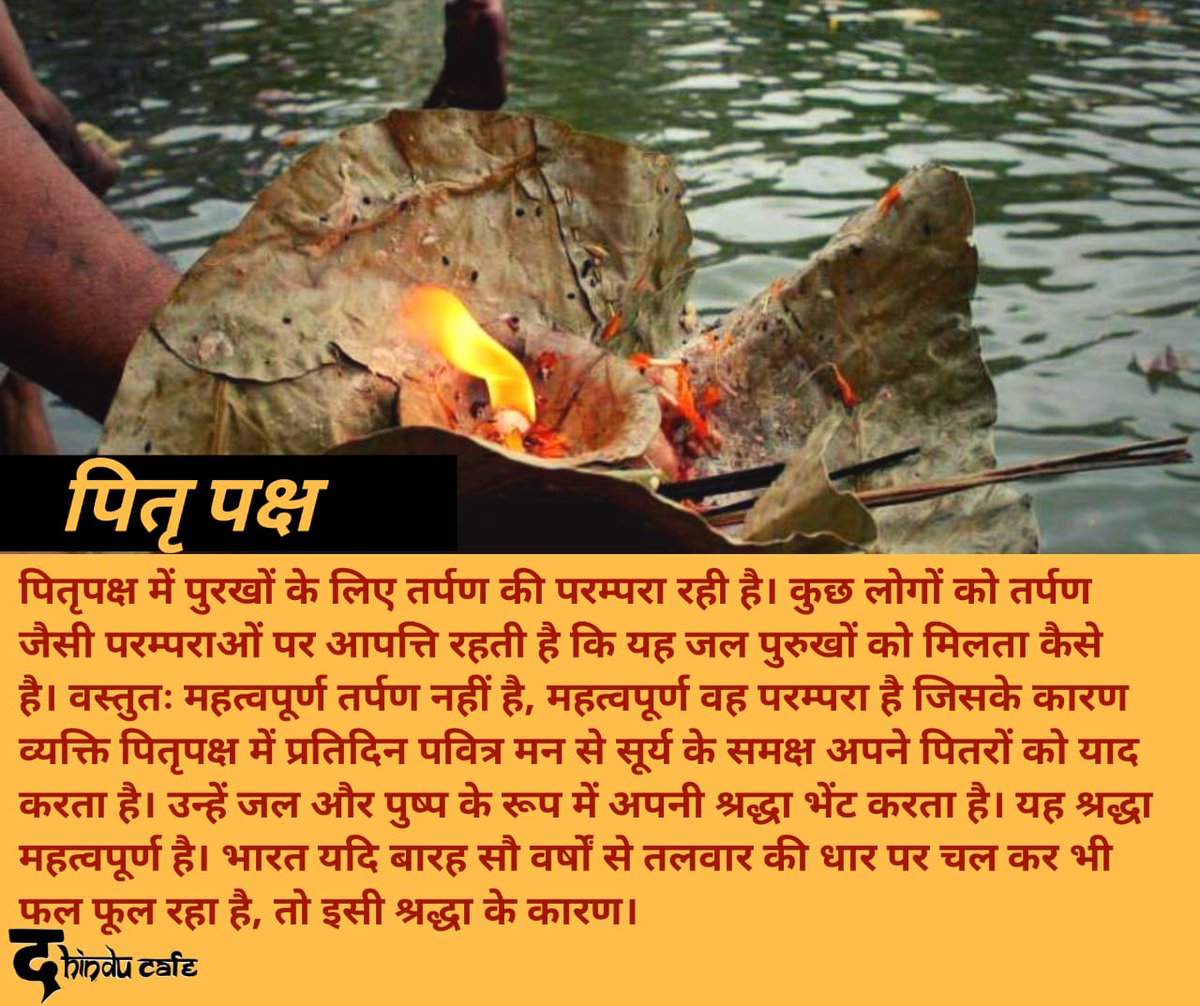
#PVNarasimhaRao
1. Home minister, Shivraj Patil, suggested to Rao’s youngest son, Prabhakara, that ‘the body should be cremated in Hyderabad’. But the family preferred Delhi. After all, Rao had last been chief minister of Andhra Pradesh more than thirty years ago, and had since
1. Home minister, Shivraj Patil, suggested to Rao’s youngest son, Prabhakara, that ‘the body should be cremated in Hyderabad’. But the family preferred Delhi. After all, Rao had last been chief minister of Andhra Pradesh more than thirty years ago, and had since
2. worked as Congress general
secretary, Union minister, and finally prime minister—all in Delhi. On hearing this, the usually decorous Shivraj Patil snapped, ‘No one will come.’Kashmiri Congressman Ghulam Nabi Azad, another aide of party president Sonia Gandhi, arrived.
secretary, Union minister, and finally prime minister—all in Delhi. On hearing this, the usually decorous Shivraj Patil snapped, ‘No one will come.’Kashmiri Congressman Ghulam Nabi Azad, another aide of party president Sonia Gandhi, arrived.
3. He too requested the family to move the body to Hyderabad. An hour later, Prabhakara received a call on his mobile phone. It was Y.S. Rajasekhara Reddy, the Congress chief minister of Andhra Pradesh and no friend of Narasimha Rao’s. ‘I just heard about it,’ Reddy said,
4. ‘I am near Anantapur, and I’ll be in Delhi by this evening. Take it from me. We will give him a grand funeral [in Hyderabad].’At 6.30 p.m., Sonia Gandhi entered the house in Motilal Nehru Marg, named after her great-grandfather-in-law. Prime minister Manmohan Singh followed,
5. along with Pranab Mukherjee. They walked through the long corridor to the room at the end where Rao’s body, now decked in flowers, was displayed. ‘What do you want to do with the body?’ the prime minister asked Prabhakara. ‘These people say it should be in Hyderabad.’
6. ‘This [Delhi] is his karmabhoomi,’ Prabhakara replied, ‘you should convince your Cabinet colleagues.’ Manmohan nodded. Sonia Gandhi was standing nearby. She said little.
The journalist Sanjaya Baru arrived. His bureaucrat father knew Rao from the 1960s. As Baru entered the
The journalist Sanjaya Baru arrived. His bureaucrat father knew Rao from the 1960s. As Baru entered the
7. corridor, Sonia’s political secretary tapped him on the shoulder. ‘You know the family,’ Ahmed Patel said. ‘The body should be taken to Hyderabad. Can you convince them?’
8. Y.S. Rajasekhara Reddy had by now reached Delhi. ‘It is our government, trust me,’ he told Rao’s family. ‘Let him be moved to Hyderabad. We will build a grand memorial for him there.’ Rao’s daughter S. Vani Devi says, ‘YSR was playing a major role in convincing [the]
9. family to get the dead body to Hyderabad.’ The family wanted a commitment that a memorial would be built for Rao in Delhi. The Congress leaders present said yes. But considering how the party had treated Rao in his retirement, the family wanted to make doubly sure.
10. Prabhakara recalls, ‘We sensed even then that Sonia-ji did not want Father’s funeral in Delhi. She did not want a memorial [in Delhi] . . . She did not want him [to be seen] as an all-India leader . . . [But] there was pressure.’
11. The next day, 24 December 2004, leaders from across the political spectrum—from communists to BJP leaders—all came to pay their respects.7 At 10 a.m., the body was draped in the national flag, put on a flower-decked carriage pulled by an army vehicle, and escorted by military
12. personnel8 in a slow procession towards the airport. Along the way, they planned to stop at 24 Akbar Road, the Congress party headquarters. Ever since Narasimha Rao had first moved into 9, Motilal Nehru Marg in 1980, he had made this journey countless times.
13. As the body approached 24 Akbar Road, located adjacent to Sonia Gandhi’s residence, the funeral procession slowed. The entrance gate to the compound looked firmly shut. There were several senior Congressmen present, but hardly any cadres had been rustled up.
14. No slogans filled the air, just deathly silence. The carriage stopped on the pavement outside, as Sonia Gandhi and others came out to pay their respects.
It was customary for the bodies of past Congress presidents to be taken inside the party headquarters so that
It was customary for the bodies of past Congress presidents to be taken inside the party headquarters so that
15. ordinary workers could pay their respects. The family was somewhat dazed when this did not happen. A friend of Rao’s asked a senior Congresswoman to let the body in. ‘The gate does not open,’ she replied. ‘This was untrue,’ the friend remembers. ‘When Madhavrao Scindia died
16. some years earlier] the gate was opened for him.’ Manmohan Singh now lives in a guarded bungalow a few minutes from Akbar Road. When asked why Rao’s body wasn’t allowed into the Congress headquarters, he replies that he was present,
17. but has no knowledge of this.10 Another Congressman is more forthcoming. ‘We were expecting the gate to be opened . . . but no order came. Only one person could give that order.’
He adds, ‘She did not give it.’
He adds, ‘She did not give it.’
18. Apart from the prime minister, most of his Cabinet as well as former prime minister H.D. Deve Gowda were present.Congress President Sonia Gandhi chose not to be present.
As Ranga Rao lit the pyre, he broke down and was comforted by his younger brothers.
As Ranga Rao lit the pyre, he broke down and was comforted by his younger brothers.
20. When the dignitaries left a couple of hours later, the body was still burning. That night, television channels showed visuals of the half-burnt body, skull still visible, lying abandoned. Stray dogs were pulling at the funeral pyre.
21. There was one basic reason for Sonia Gandhi’s dislike of Narasimha Rao. As K. Natwar Singh puts it, ‘Rao realized that he didn’t have to report to Sonia as prime minister. He didn’t. She resented that.’
Source:- Half Lion by Vinay Sitapati.
• • •
Missing some Tweet in this thread? You can try to
force a refresh












